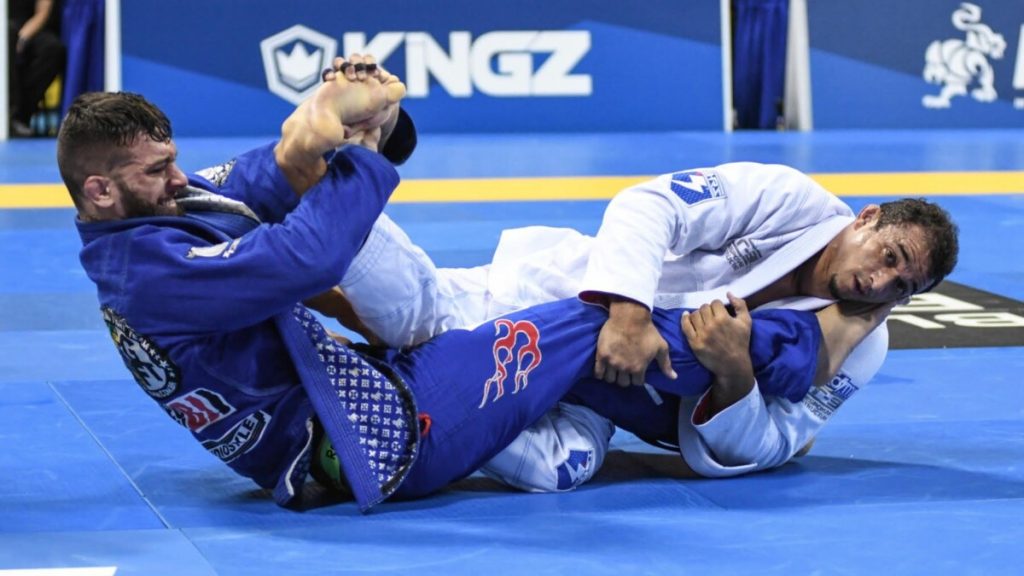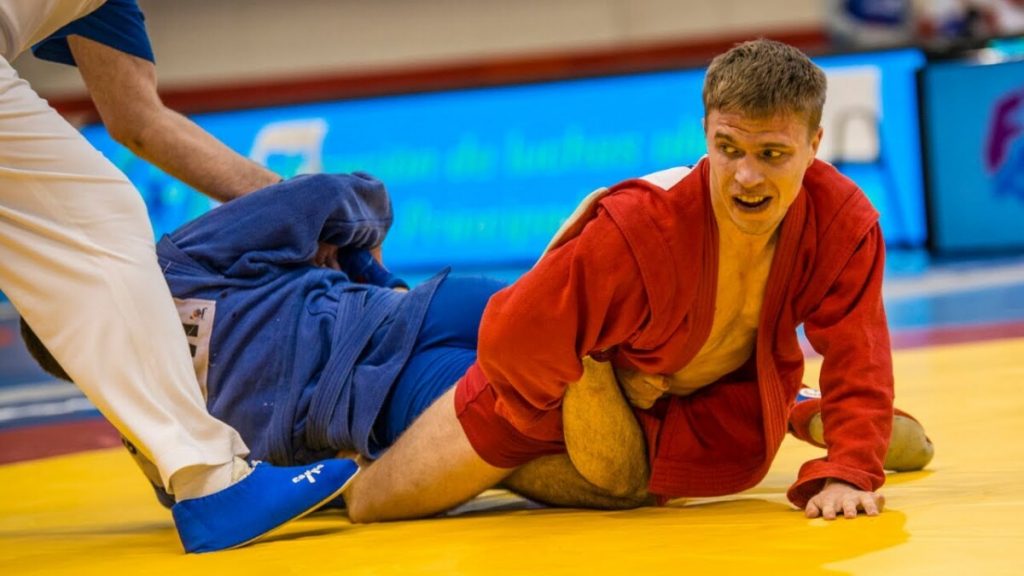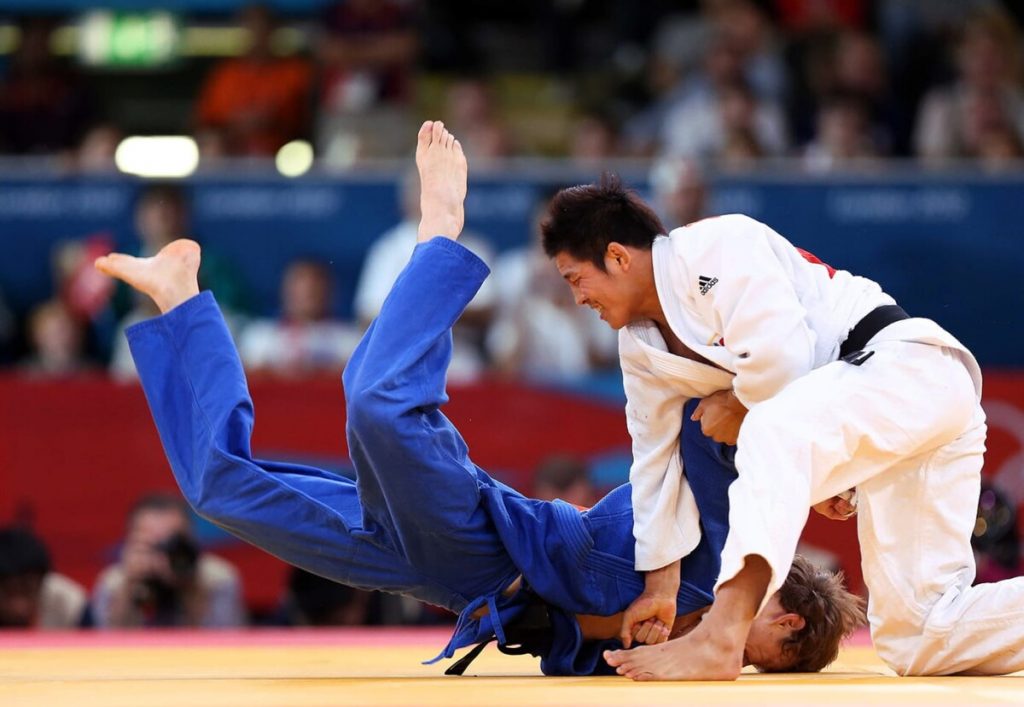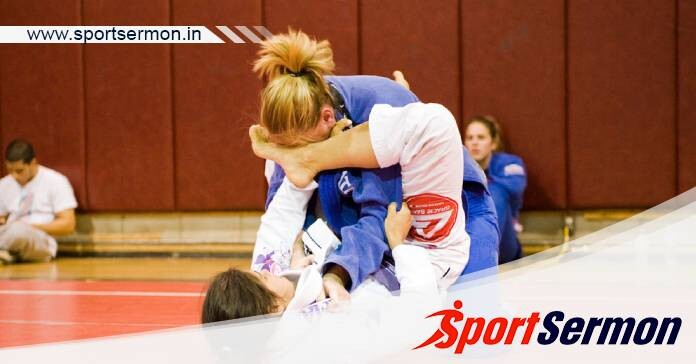Grappling Martial Art: There is no definitive solution to this age-old topic because every grappling art has pros and cons. Given how popular Brazilian Jiu-Jitsu was in the early days of mixed martial arts, some would argue that the discipline has evolved into the most comprehensive grappling-based martial art of the current day.
Participants from several martial arts might compete against one another in mixed martial arts (MMA), with Brazilian Jiu-Jitsu practitioners dominating in the early going when most participants had only trained in one form. As an illustration, Royce Gracie triumphed in three of the first four UFC competitions. Not as successful were wrestlers like Ken Shamrock, who participated in the early years of mixed martial arts.
Selecting The Best Martial Art for Grappling
The greatest grappling martial art for you is the one that comes more naturally to you. While some grapplers like the rough-and-tumble style of wrestling, others appreciate the subtle but powerful style of BJJ. Some people might favour striking-based martial arts like Sambo or Judo, which include amazing throws and trips.
To better grasp the advantages and disadvantages of the most well-liked grappling-based martial arts, let’s take a close look at them:
1) Brazilian Jiu-Jitsu

Although most people were unaware of BJJ a few decades ago, the rise of mixed martial arts has made it the most widely practised grappling technique. The gentle technique of BJJ teaches you how to easily overcome larger, stronger opponents. If you’d like, you can also learn how to manipulate others without causing them harm.
It should come as no surprise that BJJ is a common training method for police enforcement organisations, bodyguard services, and military personnel worldwide. Brazilian Jiu-Jitsu is considered by many security professionals to be the best martial art to master for self-defence.
Pros:
- No matter their age or level of fitness, everyone can learn BJJ.
- BJJ teaches you how to use joint locks and chokes to immobilise attackers as well as how to pacify them softly when you feel like it. The grappling equivalent of a knockout is a submission, which can stop a battle at any time.
- Because rolling (sparring) is a common part of BJJ instruction, practitioners are accustomed to battling against opponents who resist.
- Arguably, BJJ is the best martial art for individual defence.
- BJJ competitors feel quite at ease sparring off their backs. One of the key differences between BJJ and other grappling techniques is this.
Cons:
- It’s common for BJJ schools to overlook practising takedowns and takedown defence.
- Since BJJ does not involve hitting, pupils are unprepared for punches and kicks that may be thrown at them.
You might also be interested in reading this: 10 MMA Fighters Who Turned Politicians After Retirement
2) Wrestling

In the early years of mixed martial arts, wrestlers were not as successful as the BJJ men, but they gradually rose to prominence as the most formidable competitors. Wrestling prowess was a major factor in the success of MMA champions like Randy Couture, Matt Hughes, and Georges St. Pierre. It turns out that if you know how to counter the submissions those irritating BJJ people will throw at you, wrestling can be a really powerful martial art.
Pros:
- The competitive atmosphere of wrestling lessons contributes to the development of toughness.
- Competent at bringing down opponents, pinning them to the canvas, and fighting off takedowns, wrestlers excel in these skills.
- A wonderful approach to developing physical toughness is via wrestling.
- BJJ and wrestling are the ideal combination.
Cons:
- Insufficient time is spent by wrestling schools instructing submissions.
- It takes expertise for wrestlers to fight off their backs.
- Younger folks are more equipped for wrestling.
3) Sambo

One of the more recent martial arts on our list is sambo, which was created for Russian military personnel in the early 20th century. It is a brutal combat method that combines contemporary paramilitary fighting skills with folk, Greco-Roman, and Judo wrestling.
Nowadays, there are two primary forms of Sambo practised: fighting and sport. Combat Sambo uses a wide range of hitting techniques, including headbutts and groyne strikes, which are prohibited in most striking-based martial arts. The gentler variation, Sport Sambo, concentrates more on grappling.
Sambo fighters have seen some success in mixed martial arts; among the greatest names in the sport are Fedor Emenelienko and Khabib Nurmagomedov, two Sambo veterans. Sambo can be the best grappling technique for you if you’re seeking a martial art that teaches you how to protect yourself in any kind of conflict.
Pros:
- Sambo schools prioritise powerful striking techniques meant to lay opponents flat, in contrast to wrestling and BJJ schools.
- Sambo practitioners frequently have an advantage over BJJ players because of its emphasis on leg locks. Most BJJ schools usually reserve leg locks for advanced students (purple belt and higher).
- Because Sambo accepts all grips and takedowns, practitioners usually have a vast repertoire of takedown manoeuvres at their disposal.
- Combat sambo is one of the most effective self-defence techniques since everything works with it.
Cons:
- By using blows, Sambo reduces the amount of time spent practising ground fighting.
- In Sambo, closed guards are not permitted.
- Since choke grips are prohibited in Sambo, pupils can only learn joint locks as a form of submission.
- Compared to other grappling methods, Sambo is not as popular, therefore it might be difficult to locate a suitable gym.
4) Judo

Judo is a traditional martial art from which other disciplines, such as BJJ, are derived. It concentrates on several of the BJJ submissions as well as throwing and tripping techniques. Nonetheless, in a Judo match, ground combat is frequently restricted to a few seconds. The majority of judo practitioners’ training focuses on throwing and tripping.
While they have had some success, judo practitioners have not seen the same level of success in mixed martial arts as BJJ, wrestling, or Sambo practitioners. During her reign, Ronda Rousey dominated women’s mixed martial arts (MMA), finishing opponents with throws and submissions.
There is nothing like the throws employed in Judo. Judo practitioners are so skilled at throwing opponents that they frequently accomplish so from clinch situations that other grappling forms would consider unfavourable, such as when an opponent has two underhooks.
When you perform a Judo throw properly, your opponent is startled, which gives you the opportunity to finish them on the ground. Judo is therefore a respectable style for one-on-one fighting. In a situation involving self-defence, you can eliminate an opponent by throwing them upon their head.
Pros:
- People are thrown into the air like rag dolls by judo practitioners.
- Ground grappling is fundamentally understood by judo practitioners. They are far more knowledgeable than a wrestler, even if they may not be as adept at submissions as a BJJ player.
- Judo is a well-liked sport that offers students several competition chances.
- When used in self-defence, a well-executed judo throw can render an opponent helpless.
Cons:
- There is no hitting involved in judo.
- Judo training may be physically taxing since it frequently involves being thrown to the mat.
- Judo requires very little groundwork.

